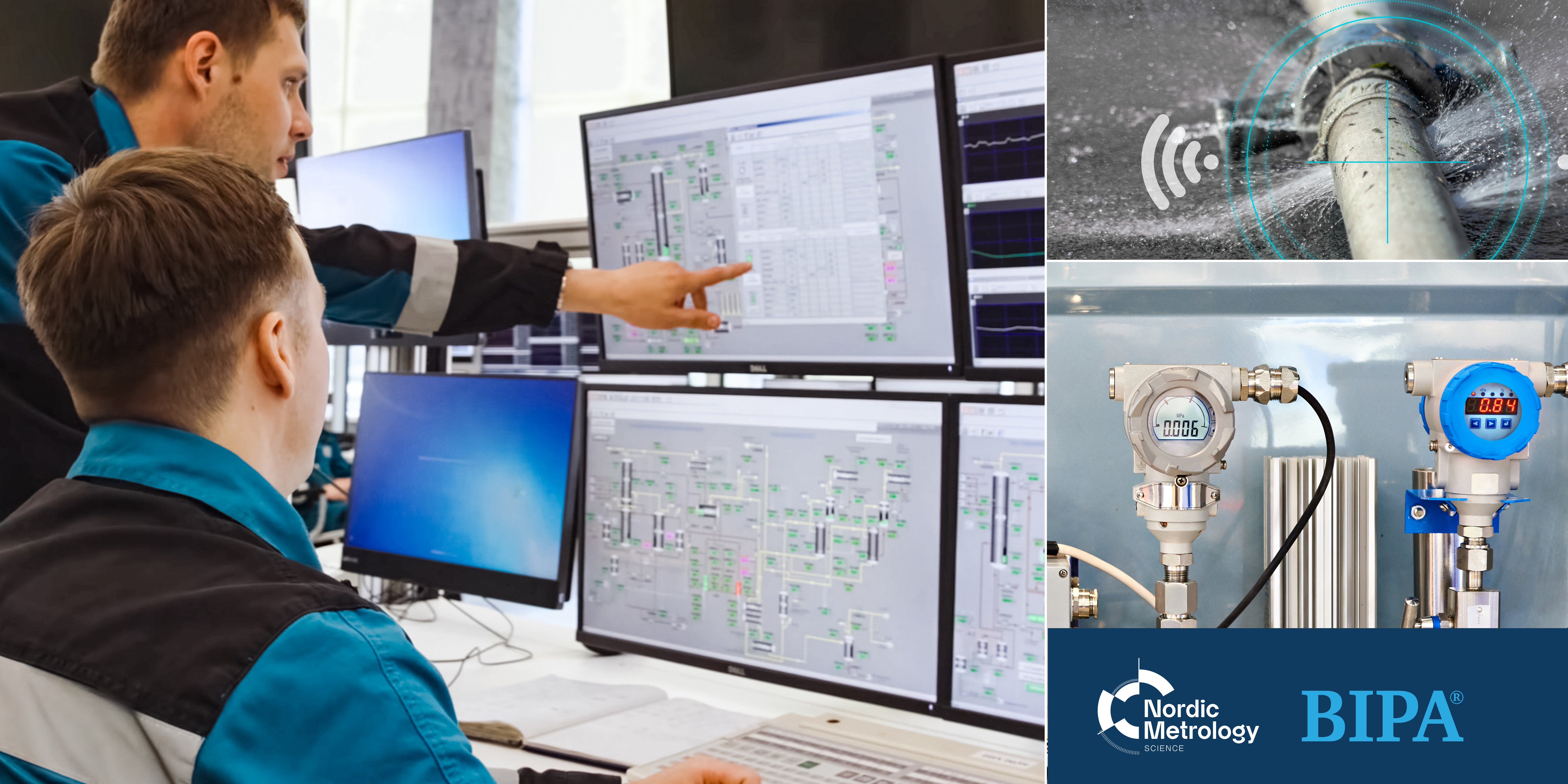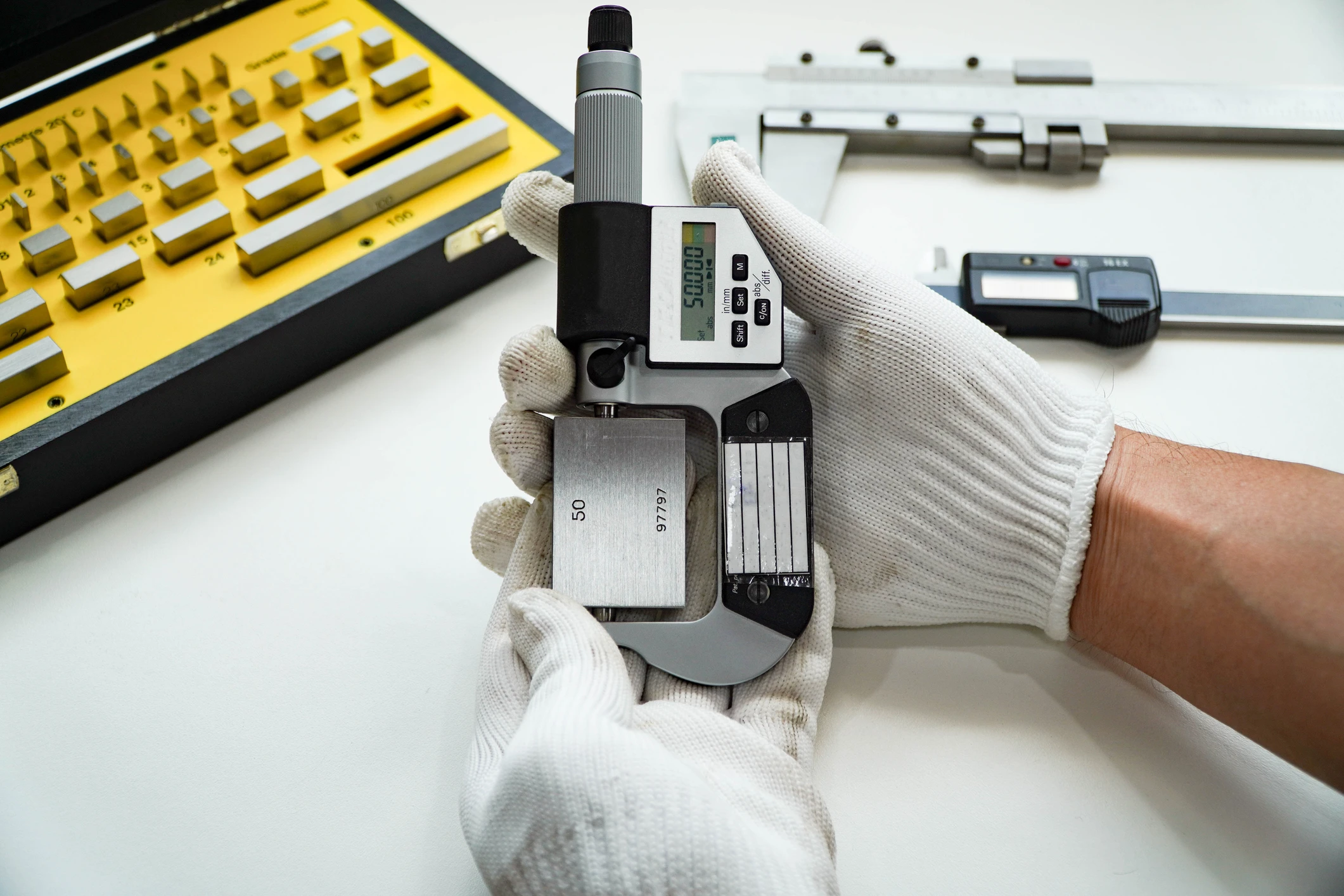
WHATS NEW?
Discover our blog

2024 07 11
On-Site vs Off-Site Calibration: how to choose the right calibration service for...
Read
2024 04 18
Understanding Sound Measurement Science

2024 04 03
The Essential Guide to Dynamometer Calibration: Ensuring Precision in Every Meas...

2024 03 27
Nordic Metrology Science Launches a New Project with the Seafarers' Health Care ...

2024 03 18
Nordic Metrology Science & JSC "Pieno tyrimai" partnership enhances quality assu...

2024 02 22
Industrial Metrology Trends 2024: Navigating the Future of Precision...
Read
2024 02 15
Smart City: Elevating Everyday Life with Integrated Technologies and Precision D...

2023 12 07
Nordic Metrology Science’s Digital Calibration Certificates and Inspection Rep...

2023 10 30
The Traceability Pyramid

2023 10 30
Challenges in Metrology


